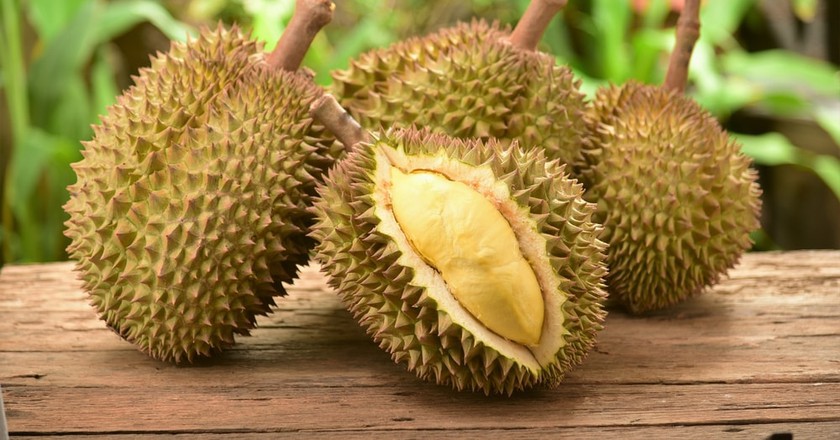Amazon plans to shut its online store in China that allows shoppers to buy from local sellers as it downsizes operations in the country.
The firm said it would no longer run the domestic marketplace from July, but Chinese shoppers will still be able to order goods from Amazon's global store.
It will also continue to operate its cloud business in China.
The retail retreat comes as Amazon faces tough competition from local rivals Alibaba and JD.com.
Reuters first reported Amazon's plans to close its domestic marketplace in China by mid-July to focus on more lucrative businesses selling overseas goods and cloud services. Amazon's profitable cloud computing division hosts huge swathes of the corporate world on its data servers.
A spokesperson for the company said in a statement that it was "working closely with our sellers to ensure a smooth transition and to continue to deliver the best customer experience possible".
Consumers accessing Amazon Chinese web portal, Amazon.cn, after 18 July will see a selection of goods from its global store, Bloomberg reported.
Amazon bought Joyo.com, a Chinese books, music and video retailer, for $75m (£57.4m) in 2004. It rebranded the company as Amazon.cn in 2007.
But it has struggled to compete with dominant players JD.com and Alibaba's Tmall marketplace in China
The shift away from the world's second largest economy comes as the company pours huge investment into India.
Amazon has committed to spending $5.5bn on e-commerce in India, where it competes with local rival Flipkart.
Last year, it launched a Hindi version of its mobile website and smartphone app in an attempt to attract millions of new customers in the country.
BEIJING, April 16 (Xinhua) -- The farm produce trade between the Chinese mainland and Taiwan reached 3.77 billion U.S. dollars in 2018, official data showed Tuesday.
The value was up from 2.31 billion dollars in 2012, according to the Ministry of Agriculture and Rural Affairs.
From 2012 to 2018, 998 newly-added agricultural firms on the Chinese mainland were invested by Taiwan's merchants or farmers, the ministry said.
Farm produce trade between the Chinese mainland and Taiwan has been expanding in recent years and agricultural investment from Taiwan's merchants continues to grow, the ministry said.
So far, 29 innovation parks with incentives for Taiwan's farmers have been established in 14 provincial-level regions on the Chinese mainland. In 2018, nine of these parks started to sell more
than 60 kinds of farm produce on e-commerce platforms, reaping sales revenue of over 6.2 million yuan (about 924,000 U.S. dollars).
BEIJING, April 16 (Xinhua) -- China's fiscal revenue rose 6.2 percent year on year to over 5.36 trillion yuan (about 800 billion U.S. dollars) in the first quarter of the year, data showed Tuesday.
The central government collected about 2.53 trillion yuan in fiscal revenue during the period, up 5.4 percent year on year, while local governments saw fiscal revenue rise 6.8 percent to around 2.83 trillion yuan, according to statistics from the Ministry of Finance (MOF).
Tax revenue saw a 5.4-percent climb to 4.67 trillion yuan, however, the growth continued to slow down. The Q1 tax revenue growth dropped 11.9 percentage points year on year.
The slide was attributed to China's newly-revised tax exemption and deduction policies, said the ministry.
In a breakdown, revenue from individual income tax plunged 29.7 percent year on year to 323.9 billion yuan. Revenue from stock trading stamp tax dipped by 4.2 percent over the same period last year to 39.7 billion yuan, while that from tariffs dropped by 4.8 percent, MOF data showed.
China's fiscal spending expanded 15 percent year on year to more than 5.86 trillion yuan in Q1, according to the ministry.
Social security and employment and education took the lion's share of fiscal spending, while expenditure on transport and energy conservation and environmental protection kept a fast-growing pace.
China will implement an employment-first policy this year, aiming to create more than 11 million new urban jobs, according to the government work report delivered to the annual session of China's top legislature on March 5.
The country will maintain a proactive fiscal policy stance in 2019, with a higher deficit-to-GDP ratio to leave policy space to address potential risks.
From April 1, the country started to slash the value-added tax in multiple industries, including manufacturing, transportation and construction, which will bother the revenue growth.
However, the preferential tax policies will ease the burden of the enterprises, stimulate market vitality and strengthen the stability of the country's macroeconomic growth, said the MOF, adding that China will meet its annual revenue growth target.
In 2018, taxes and fees levied on enterprises and individuals were reduced by around 1.3 trillion yuan as a result of multiple tax reduction policies introduced by the government.
BEIJING, April 17 (Xinhua) -- China's retail sales of consumer goods saw steady growth in the first quarter of the year, with continued strong momentum in online sales, official data showed Wednesday.
The indicator of consumption rose 8.3 percent year on year in the January-March period, quickening from the 8.2-percent rise seen in the first two months, according to the National Bureau of Statistics (NBS).
After deducting price factors, the indicator grew 6.9 percent in real terms.
In March alone, retail sales went up 8.7 percent.
Wednesday's data also showed consumption in rural areas climbed 9.2 percent, outpacing a rise of 8.2 percent in urban regions. The catering industry reported a 9.6-percent increase in revenue.
Online retail sales maintained robust growth, surging 15.3 percent in the first three months, with physical commodity sales growing 21 percent from one year earlier.
With a market of nearly 1.4 billion increasingly prosperous population, China strives to make consumption a major driver of its economic growth.



